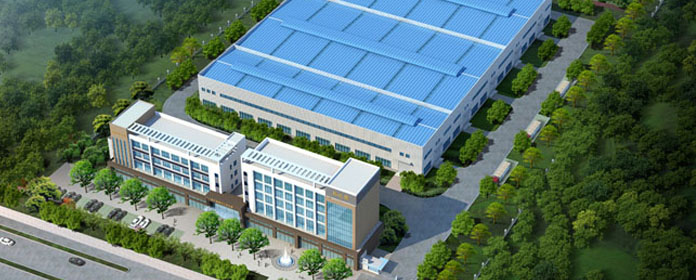Wet electrostatic precipitator And dry Electrostatic precipitator The principle of dust collection is the same. The dust is charged by high-voltage corona discharge, and the charged dust reaches the dust collection plate/tube under the action of electric field force. The dry electrostatic precipitator mainly deals with dry gas with very low water content, Wet electrostatic precipitator The device mainly deals with wet gas with high water content or even saturation. There is a big difference between WESP and DESP in the way of removing the dust collected on the dust collecting plate/pipe. The dry electrostatic precipitator generally uses mechanical rapping or acoustic cleaning to remove the dust on the electrode, while the wet electrostatic precipitator uses regular flushing to remove the dust along with the flow of flushing fluid.
Wet electrostatic precipitator It has the advantages of high dust removal efficiency, small pressure loss, simple operation, low energy consumption, no moving parts, no secondary dust, low maintenance costs, short production downtime, can work below the flue gas dew point temperature, can be combined with other flue gas treatment equipment due to its compact structure, and diversified design forms.
The wet electrostatic precipitator uses liquid to wash the dust collecting electrode surface for dust removal, which can effectively collect fine particles (PM2.5 dust, SO3 acid mist, aerosol), heavy metals (Hg, As, Se, Pb, Cr), organic pollutants (polycyclic aromatic hydrocarbons, dioxins), etc. After the wet electrostatic precipitator is used, the smoke and dust emission in the wet flue gas can reach 10mg/m3 or even below 5mg/m3. The dust collection performance has nothing to do with the dust characteristics. It is suitable for the treatment of wet flue gas, especially for the treatment of dusty flue gas after wet desulfurization in power plants and steel plants. However, the equipment investment cost is high, and it needs to be used together with other dust removal equipment, Its investment technical economy and operation cost should be evaluated from the whole.



